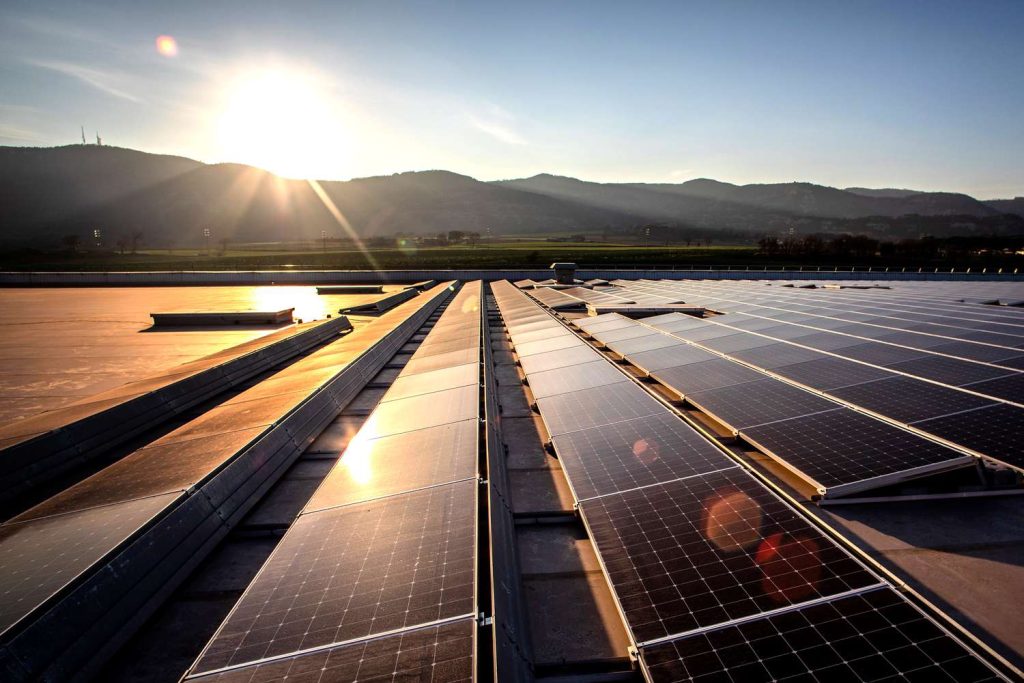As the world grapples with the pressing need for sustainable energy sources, the focus on solar power has intensified. The sun, our celestial powerhouse, holds the key to unlocking a clean and abundant energy supply. However, the question remains: Is solar energy truly renewable or nonrenewable? In this article, we delve into the intricacies of solar power to shed light on this topic.
The Sun: An Everlasting Source of Energy
The sun, a colossal ball of burning gas situated 93 million miles away, has been radiating light and heat for billions of years. Solar energy harnesses this incredible power and converts it into usable electricity. Unlike fossil fuels, which are finite and depletable, the sun’s energy is essentially limitless, making it an undoubtedly renewable resource.
Solar panels, comprising photovoltaic cells, absorb sunlight and generate electricity through a process called the photovoltaic effect. This method relies on the movement of electrons in the solar cells, creating a continuous flow of energy. Moreover, advancements in solar technology have made panels more efficient and cost-effective, leading to widespread adoption.

Harnessing the sun’s energy also mitigates the harmful environmental impacts associated with nonrenewable sources. Solar power produces no greenhouse gas emissions, reducing the carbon footprint and contributing to a cleaner and greener planet.
The Challenge of Storage and Intermittency
While solar energy is undoubtedly renewable, challenges exist in terms of storage and intermittency. The sun doesn’t shine 24/7, and energy generation halts during the night or during cloudy periods. Thus, an effective storage system is crucial for maximizing the benefits of solar power.
Battery storage technology has made significant strides in recent years. Energy storage systems, such as lithium-ion batteries, allow excess solar energy to be stored for use when sunlight is scarce. This not only enables a continuous power supply but also allows homeowners and businesses to become more self-sufficient, reducing dependence on the grid.
Another innovative solution to intermittency is the concept of solar energy-sharing networks. These networks allow excess solar energy produced by one household or establishment to be shared with others in the vicinity. Through interconnected systems, surplus energy can be utilized effectively, fostering a sense of community and collaboration.
The Environmental Footprint of Solar Power
While solar energy is undoubtedly a clean and sustainable option, it is essential to evaluate its overall environmental impact. The production and disposal of solar panels involve the use of raw materials and chemicals that can be harmful if not handled properly. However, the positive environmental benefits of solar energy outweigh these concerns.

To mitigate the environmental footprint, manufacturers are exploring eco-friendly panel production techniques and recycling programs. Additionally, research is underway to develop more sustainable materials for solar panels, including organic and perovskite-based cells. These advancements aim to minimize the ecological impact of solar energy production.
In the grand quest for sustainable energy sources, solar power shines brightly as a renewable solution. Its ability to harness the sun’s infinite energy potential, coupled with advancements in storage technology, makes it an increasingly viable option. Although challenges exist, such as intermittency and environmental concerns, ongoing research and innovation are pushing the boundaries of solar energy’s potential. By harnessing this abundant and clean energy source, we can pave the way to a brighter and more sustainable future for generations to come.

